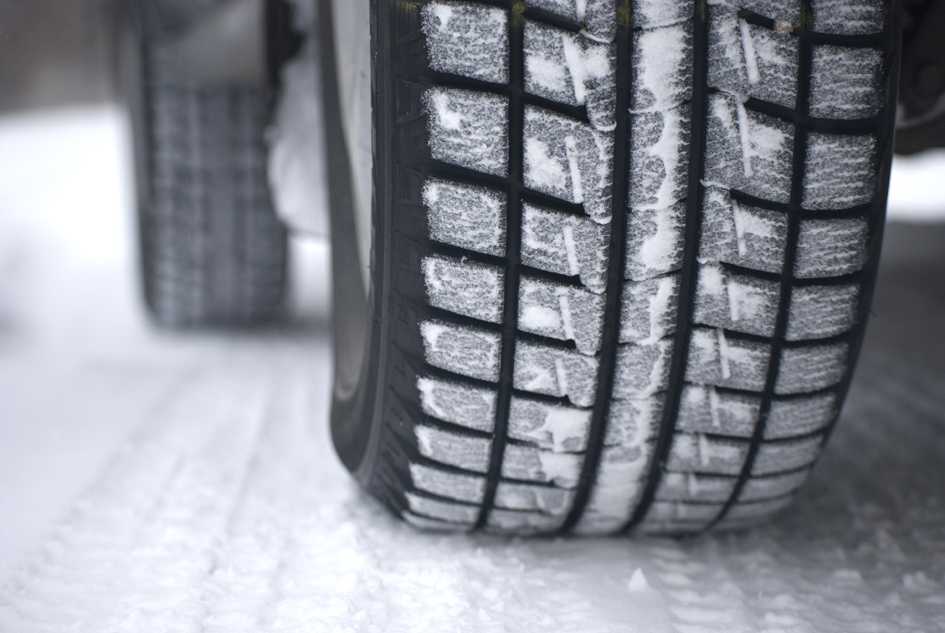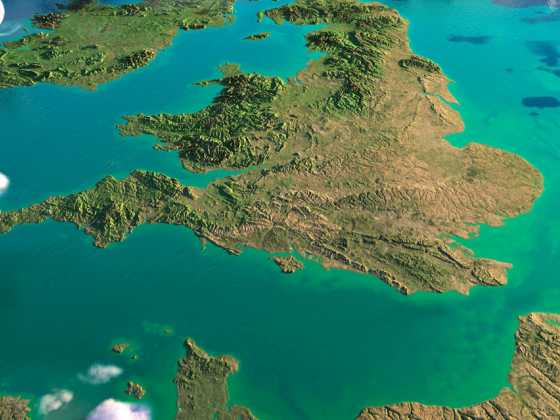Tyre particles major source of microplastics in marine environment

A government-funded research study suggests particles released from vehicle tyres could be a significant and largely unrecorded source of microplastics in the marine environment.
The study is one of the first worldwide to identify tyre particles as a major and additional source of microplastics. Scientists have previously discovered microplastics, originating from microbeads in cosmetics and the degradation of larger items such as carrier bags and plastic bottles, in marine environments globally - from the deep seas to the Arctic.
The Defra-funded study led by the University of Plymouth shows that tyre particles can be transported directly to the ocean through the atmosphere or carried by rainwater into rivers and sewers, where they can pass through the water treatment process. Researchers estimate this could place around 100million m² of the UK’s river network – and more than 50million m² of estuarine and coastal waters – at risk of contamination by tyre particles.
Domestic Marine Minister Rebecca Pow said: "Reducing plastic pollution in the ocean is one of the greatest environmental challenges that we face. This study will help us face that challenge by identifying areas for future research, such as changes to roadside drainage."
Professor Richard Thompson OBE said: "Scientists have long suspected that tyre debris is posing a hidden threat to the marine environment. However, there have been few studies measuring abundance in aquatic environments. Now that we have a clearer indication on quantities we need to gain a better understanding on transport in the environment and the potential impacts on marine life.
"This study gives us a real insight into the importance of tyre wear as a source of microplastics. However there are still many unknowns, and compared with other forms of microplastics we know relatively little about tyre wear particles. So it is important to continue to take steps to reduce emissions of better understood sources like fibres from textiles and the fragmentation of larger items.
"What this study also does is provide further evidence of the complex problems posed by microplastic pollution. We have looked at three pathways and shown that all of them are substantive pathways to the environment. As we work to understand their potential distribution and impacts it is important to also work together with industry and policy makers to identify potential solutions which may include changes in behaviour, changes in product design and waste management."



